For many students pursuing the veterinary pathway the school offers, they have to go through four classes. However, there are some exceptions. Junior Keeley Scott has taken most of the classes for the veterinary pathway but is one step ahead of most students.
Scott is enrolled in the Veterinary Careers I class, which is taught by Cory Scott, who is also her father. When Cory started teaching at PHS in 2005, he thought the school should have this pathway. Then, in 2020, it became a reality.
“The original idea came from Dr. Bill McDonald because he saw a need in the veterinary field for more people and an interest from our students once we started the pig program and the many of our students were fascinated by him when he would come and help us with animal health issues,” said Cory.
Keeley was very young when her dad started the pathway.
“My daughter was young at the time and loved animals, but most young kids do. I am excited that Keeley has taken an interest in animal health because she has a natural ability to see past the current situation of an animal and knows that sometimes things have to get worse for them before they get better. So, to answer your question, I didn’t really think about it at the time, but I’m happy that it is working out that way,” said Cory.
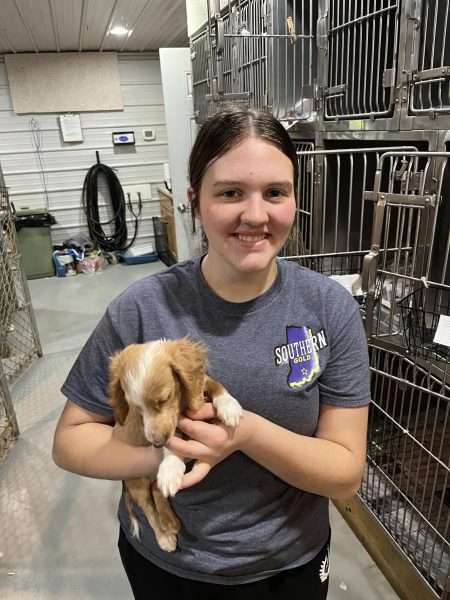
In the Veterinary Careers I class, the students learn all the paper and online coursework required before working in the clinic. During this class, the students must complete a minimum of 200 hours.
“The Veterinary Careers I classwork does a pretty good job of preparing you for what you will do in the clinic. I am doing clinic work this year to get a head start on my hours for the Veterinary Careers II class I will take next year,” said Keeley.
After the students complete Veterinary Careers I, they can move on to Veterinary Careers II. During this class, the students must complete 300 hours of in-clinic work. This time includes the students signing out during the last two class periods and going to work at one of the local veterinary clinics.
“She is working on Tuesdays and Thursdays after school until close. She will also work over breaks and weekends, as needed. She will come out of the course with their certification in Veterinary Assisting,” said Cory.
Although Scott is getting hours in at the clinic, she does not go daily. The Veterinary Career II students typically go four days a week for about three hours daily. On the other hand, Scott goes two days a week but still stays for about three hours both days. The students take a certification exam once the 300 clinic hours are completed. If they pass the exam, they become Certified Veterinary Assistants.
“My favorite thing so far has been getting to work with the doctors in different cases. One interesting one was when I got to watch and assist in a biopsy being done on a tumor in a dog’s mouth which ended up being cancer. I enjoy working in the clinic because I get to experience many new things that I haven’t before and I get to learn many new things for my future career,” said Keeley.
Although Keeley is getting the work started for Veterinary Careers II, she will also be enrolled and take the class next year. She will be going in more days a week and taking her certification exam when the time comes.
After Keeley graduates from PHS, she plans to go to Purdue University and pursue either Veterinary Medicine or Veterinary nursing.
This story was originally published on PHS Media News on January 31, 2024.



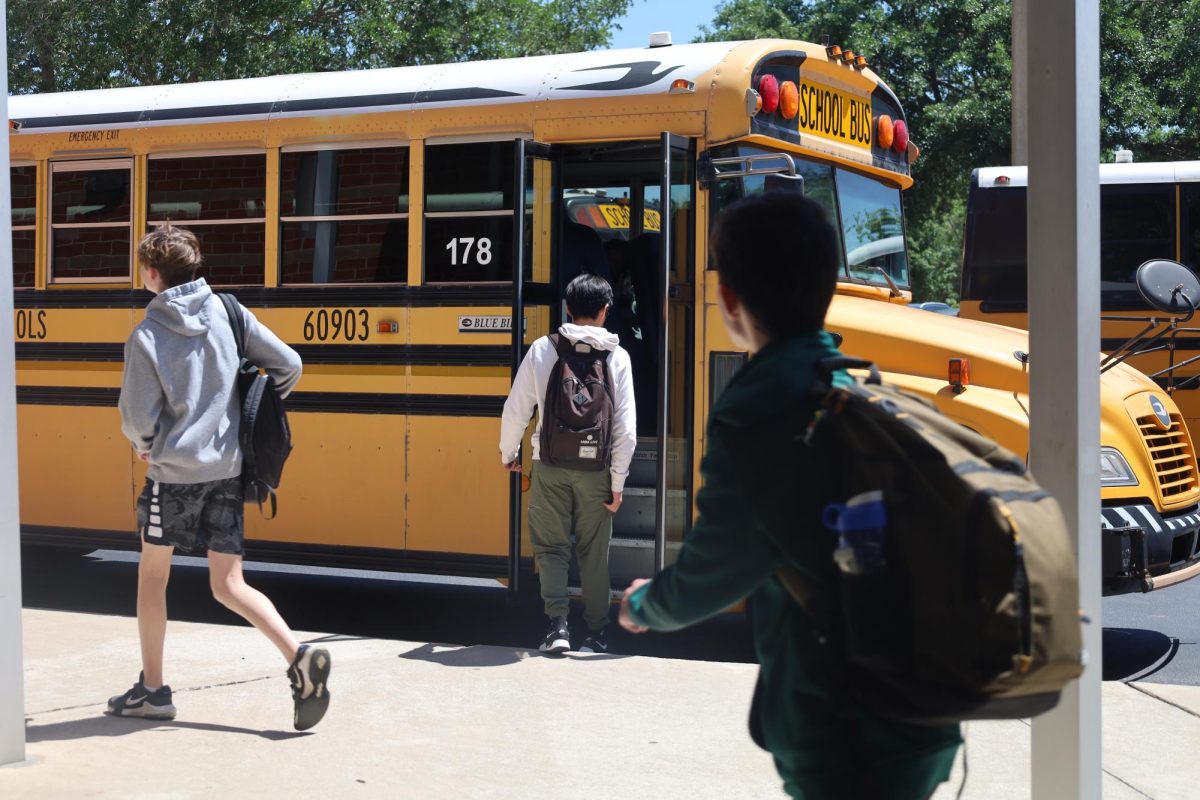



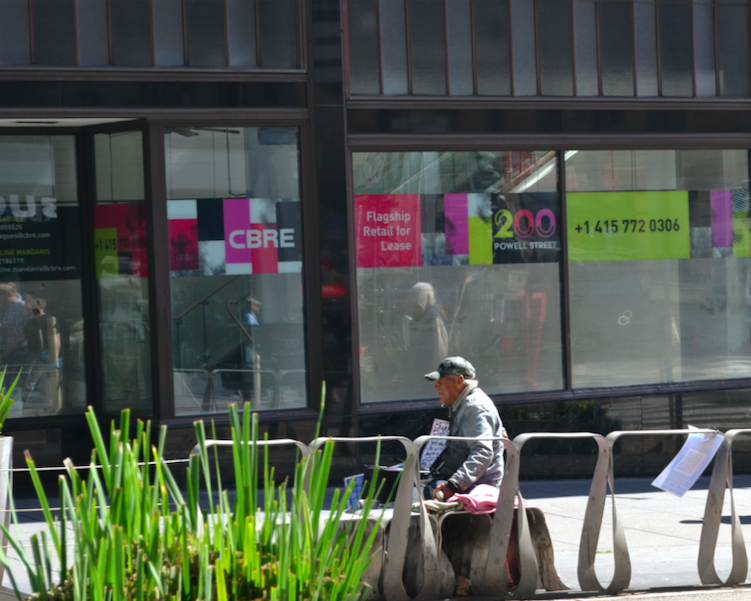


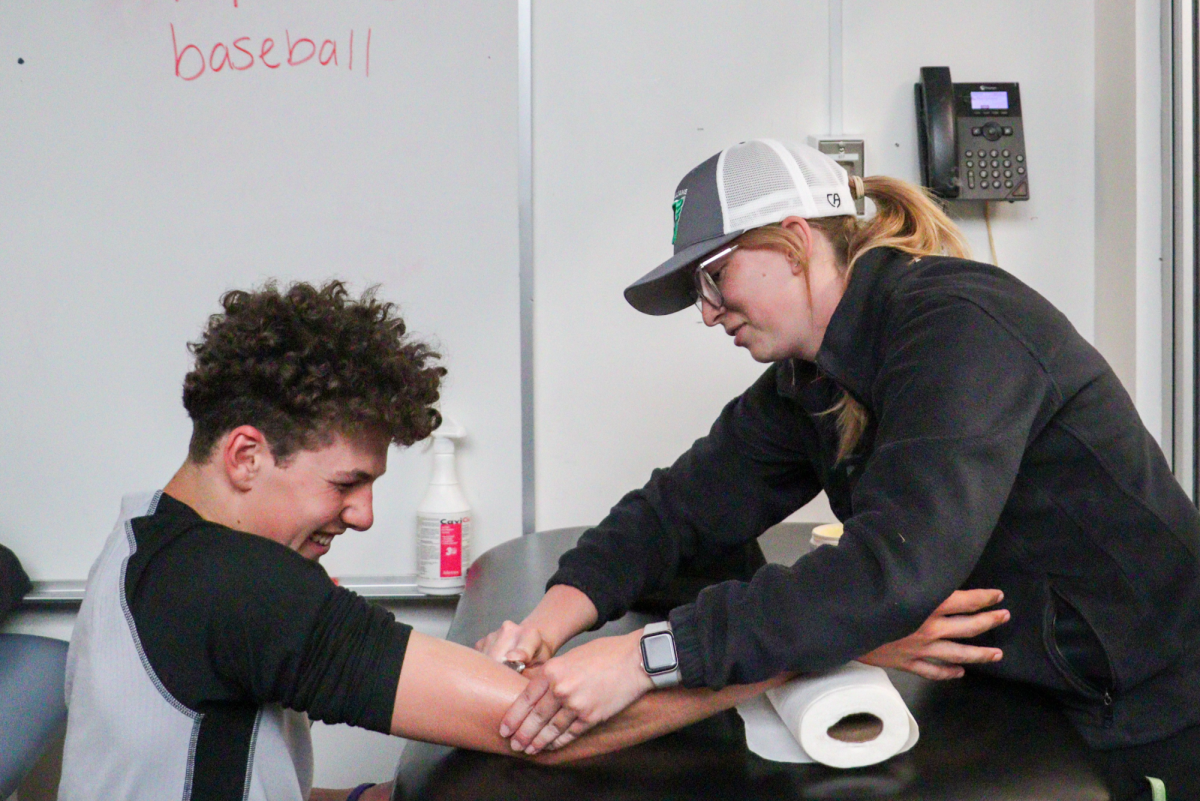

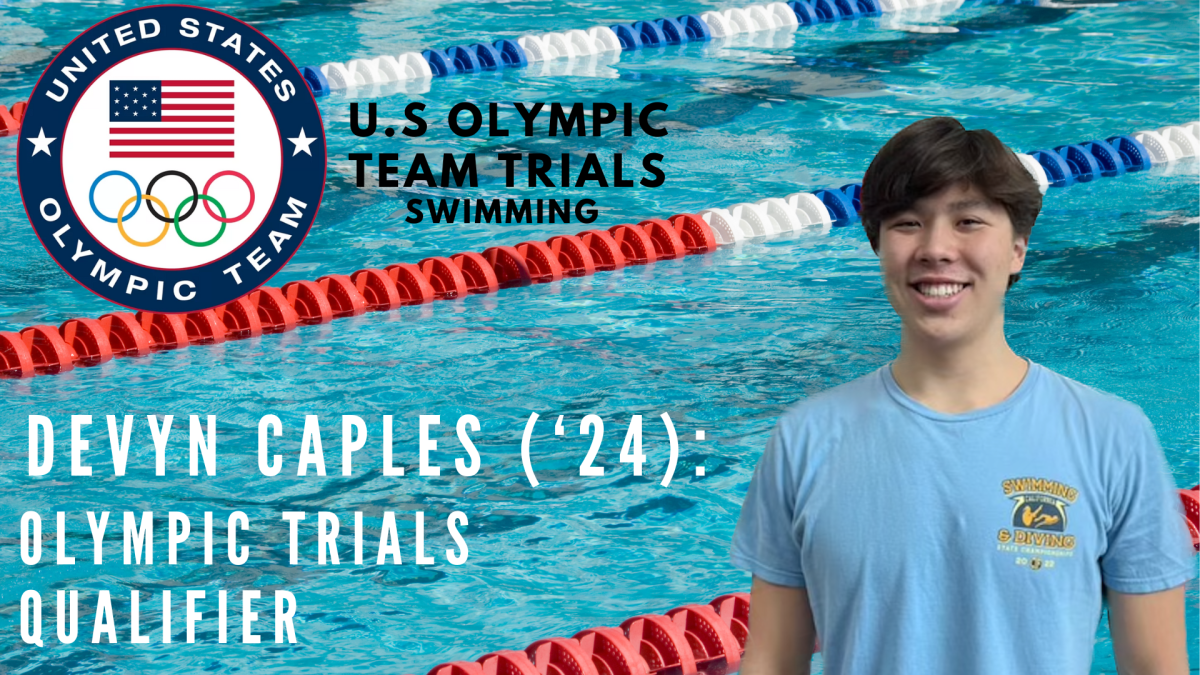








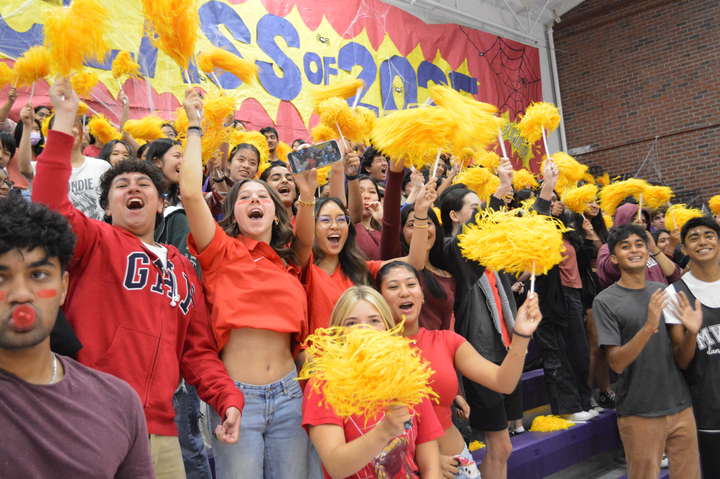
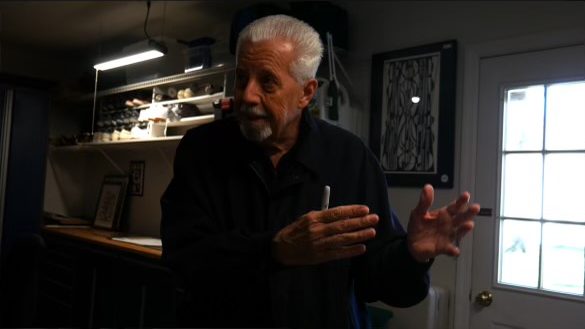
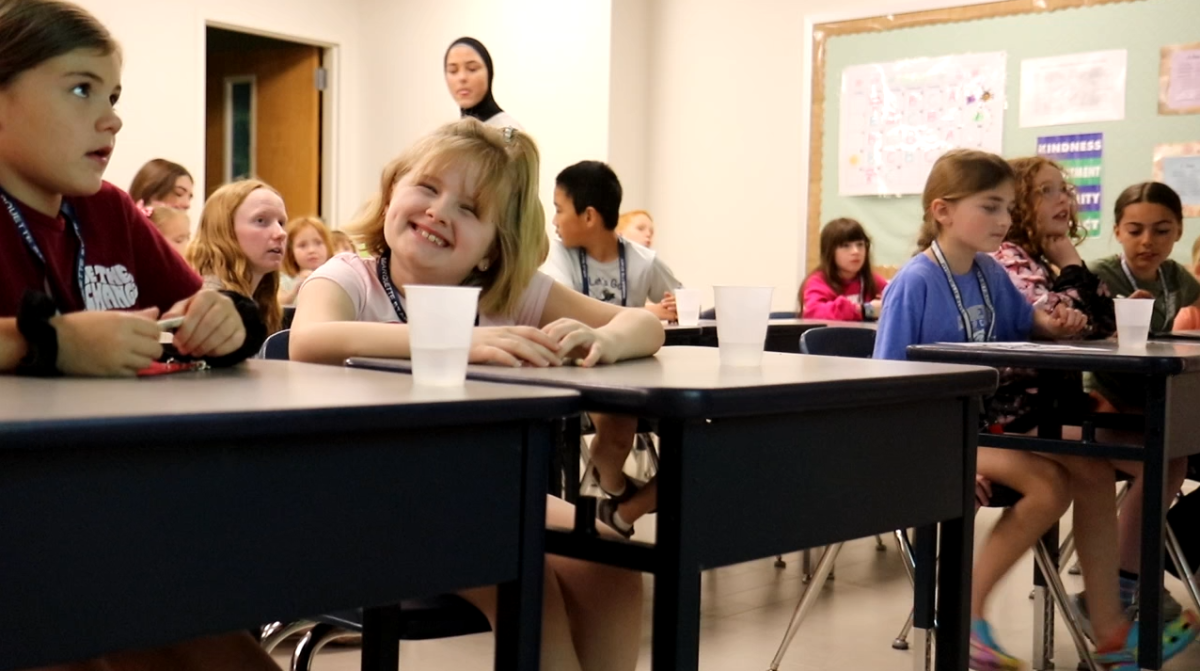








![IN THE SPOTLIGHT: Junior Zalie Mann performs “I Love to Cry at Weddings,” an ensemble piece from the fall musical Sweet Charity, to prospective students during the Fine Arts Showcase on Wednesday, Nov. 8. The showcase is a compilation of performances and demonstrations from each fine arts strand offered at McCallum. This show is put on so that prospective students can see if they are interested in joining an academy or major.
Sweet Charity originally ran the weekends of Sept. 28 and Oct. 8, but made a comeback for the Fine Arts Showcase.
“[Being at the front in the spotlight] is my favorite part of the whole dance, so I was super happy to be on stage performing and smiling at the audience,” Mann said.
Mann performed in both the musical theatre performance and dance excerpt “Ethereal,” a contemporary piece choreographed by the new dance director Terrance Carson, in the showcase. With also being a dance ambassador, Mann got to talk about what MAC dance is, her experience and answer any questions the aspiring arts majors and their parents may have.
Caption by Maya Tackett.](https://bestofsno.com/wp-content/uploads/2024/02/53321803427_47cd17fe70_o-1-1200x800.jpg)
![SPREADING THE JOY: Sophomore Chim Becker poses with sophomores Cozbi Sims and Lou Davidson while manning a table at the Hispanic Heritage treat day during lunch of Sept 28. Becker is a part of the students of color alliance, who put together the activity to raise money for their club.
“It [the stand] was really fun because McCallum has a lot of latino kids,” Becker said. “And I think it was nice that I could share the stuff that I usually just have at home with people who have never tried it before.”
Becker recognizes the importance of celebrating Hispanic heritage at Mac.
“I think its important to celebrate,” Becker said. “Because our culture is awesome and super cool, and everybody should be able to learn about other cultures of the world.”
Caption by JoJo Barnard.](https://bestofsno.com/wp-content/uploads/2024/01/53221601352_4127a81c41_o-1200x675.jpg)



